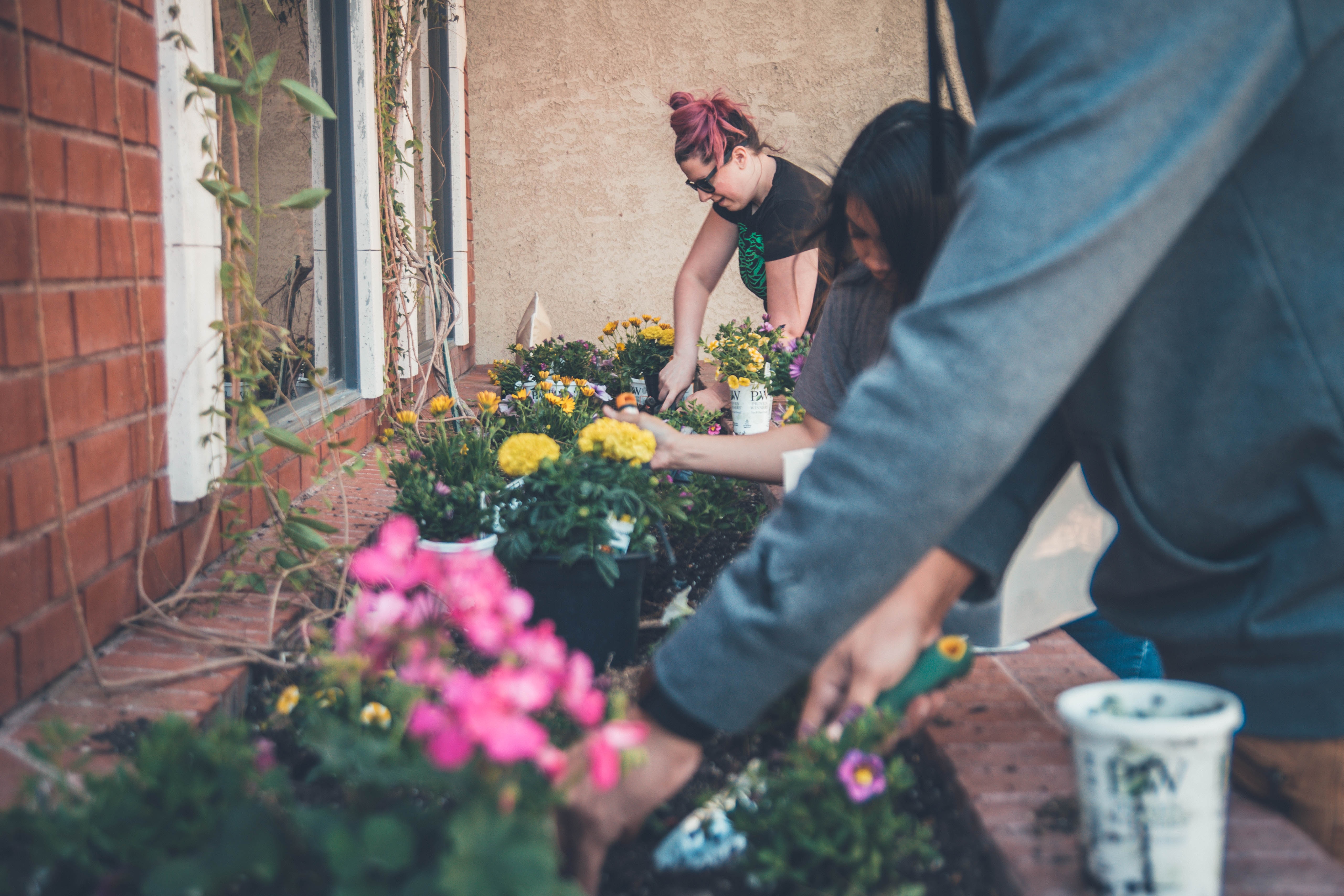Guerrilla gardening

This post is also available in:
This post is also available in:
![]() Ελληνικά (Greek)
Ελληνικά (Greek)
Guerrilla gardening seems like a new trend, but the roots of this activity are found hundreds of years ago.
What is guerrilla gardening?
A formal way of describing this action is the act of gardening and cultivating plants, flowers, or trees on a piece of land that the gardeners do not have the legal rights to produce. Depending on the case, the fields that the cultivators choose to seed the plants could be a small piece of land or even a few hectares. That includes abandoned sites, unprotected areas, public spaces, etc. The motivations behind that act can be mainly political, such as environmental activism or a protest against land use or ownership. The gardeners endeavor to promote re-consideration of land ownership to assign a new purpose or reclaim land perceived as neglected or illegally privatized.
Why is it called guerrilla gardening?
Guerrilla gardening was first used in the 1970s by “Christy and her Green Guerrillas,” who compared their tactics to guerrilla fighters working at the grassroots level against those in power. They began an international movement as a result of this.
How do you do guerilla gardening? – How can someone practice guerilla gardening?
Guerrilla gardeners operate either individually or collectively to target public and private spaces of neglect and unlawfully transform the environment through the planting of flora without the landowner’s consent (Flores, 2006). Within the sphere of guerrilla gardeners, social movements like Food Not Lawns come to the front, demanding the replacement of urban lawns with food-producing organic gardens.
Numerous references worldwide suggest that guerrilla gardening represents a ‘right to the city’ claim (Adams & Hardman, 2014; Bach & McClintock, 2021). Liz Christy Community Garden (1) (2) is the first and oldest community garden on New York City Avenue (1973), and it is now a part of the New York City Parks Department. In the past, a group of activists named Green Guerillas (3) turned a vacant lot into a garden.
From its beginning in the 1970s until today, this unconventional gardening practice remains a potent symbol of community activism and a compelling call for re-evaluating land ownership within our urban landscapes worldwide.
References
Adams, D., A. J. Scott, & M. Hardman. (2013). Guerrilla warfare in the planning system: revolutionary progress towards sustainability? Geografiska Annaler, Series B: Human Geography 95:375-387. https://doi.org/10.1111/geob.1203
Bach, C. E., & McClintock, N. (2021). Reclaiming the city one plot at a time? DIY garden projects, radical democracy, and the politics of spatial appropriation. Environment and Planning C: Politics and Space, 39(5), 859–878. https://doi.org/10.1177/2399654420974023
Flores, C. H. (2006). Food not Lawns: How to Turn Your Garden and Neighbourhood into a Community. Chelsea Green: White River Junction
- Donloggins, “Liz Christy Community Garden,” Community of Gardens, accessed September 9, 2023, https://community gardens.si.edu/items/show/12292.
- http://www.lizchristygarden.us/
- https://www.greenguerillas.org/history









































































